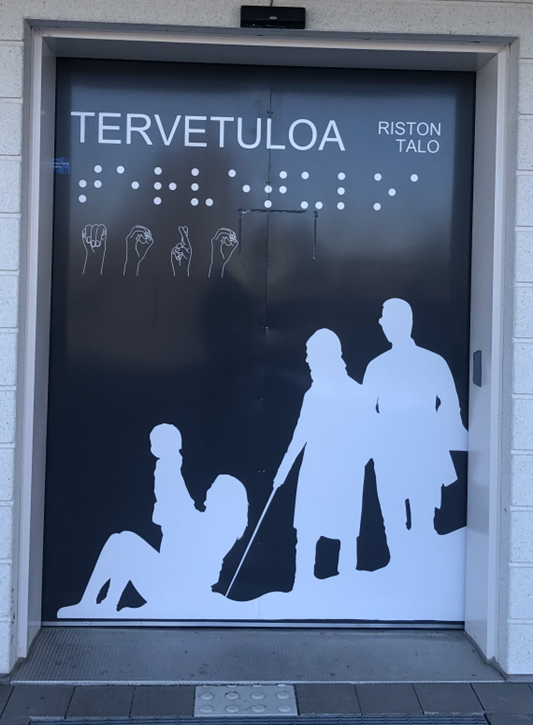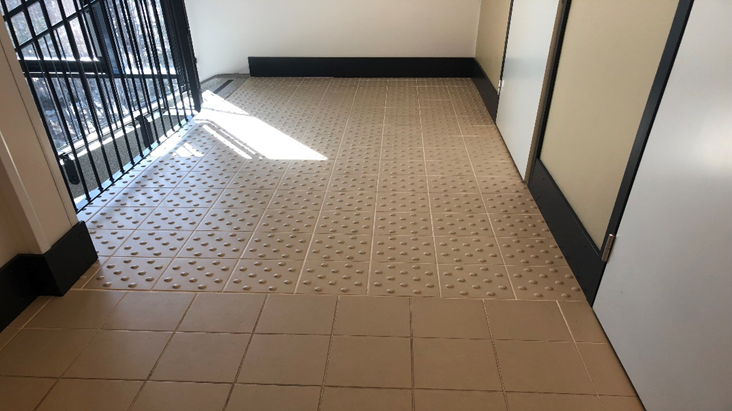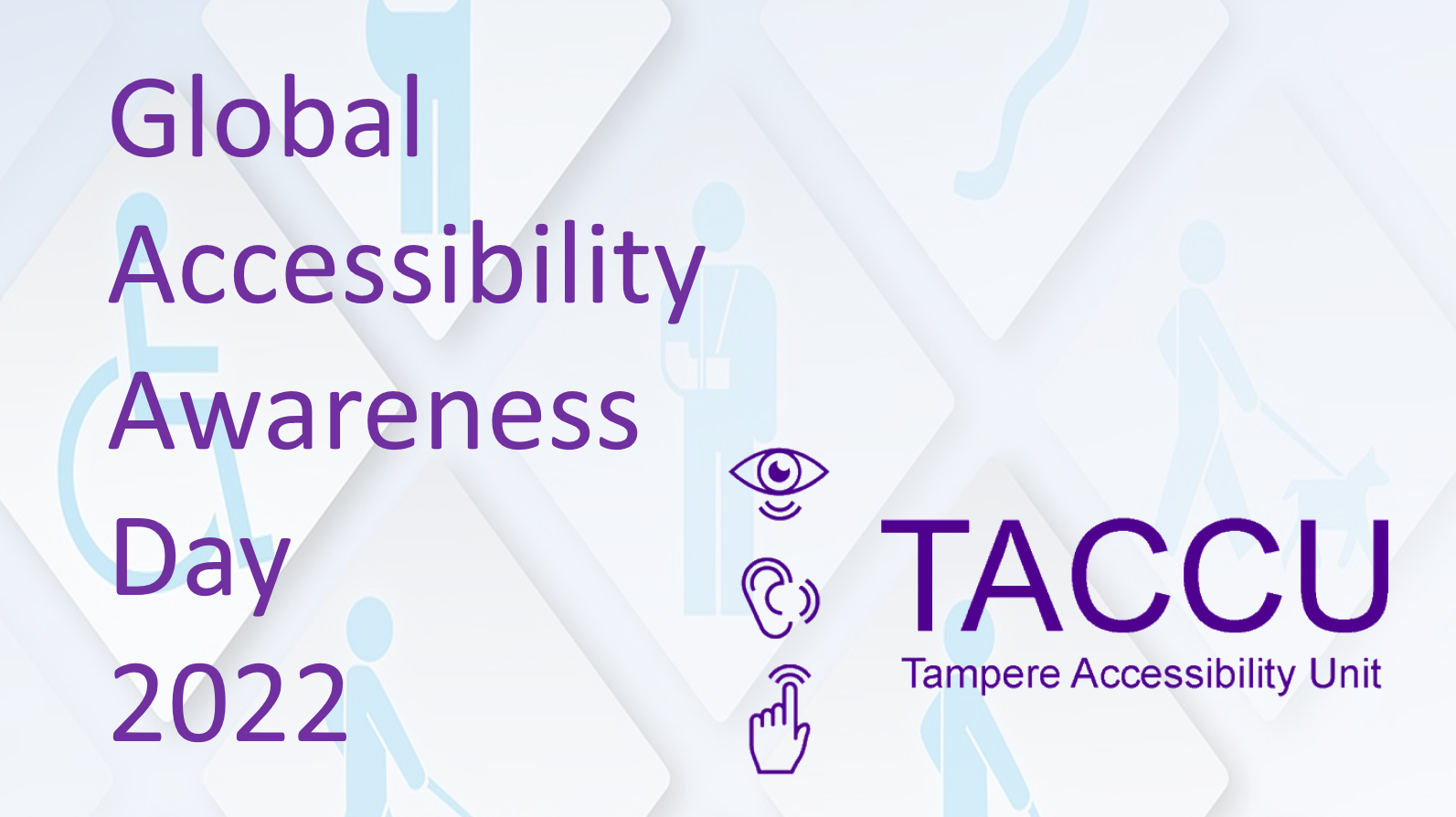The Curb-Cut Effect – Aiding Accessibility

I am sure many of you must have come across this term of “Curb-Cut Effect” which in summary says that “laws and programs designed to benefit vulnerable groups, such as the disabled or the people of color, often end up benefitting all of society”. This is particularly true in the case of accessibility where designs made for people with disabilities prove beneficial for everyone. The origin of curb-cut effect owes to the design of curb-cuts on the sidewalks that makes it easier for people using wheelchairs, people pushing their suitcases or prams
A few days back, me along with my colleagues Pauliina Baltzar and Natalia Quintero from the Tampere Accessibility Unit (TACCU) of Tampere University got a chance to visit the Finnish Deafblind Association (Suomen Kuurokeat). The association is functioning in Tampere for the past 50 years and provides professional and specialized services for deafblind people. One part of their services is offering accessible housing for the deafblind. Risto Hoikkanen and Milla Lindh from Suomen Kuurokeat briefed us about the association and gave us a walking tour of their premises. They explained how minute details are considered while designing the housing complex. Many of the design elements which are beneficial for the deafblind equally applies for everyone else. For instance, raised tiles near the staircase, to inform of an approaching staircase (Picture 2). Other examples include specifically designed chairs fitted with wheels, to reduce noise while dragging them; anti-slip flooring in the shower; timer-based faucet in the sauna, which controls the amount of water to be added; railings on the corridor wall for support; specifically designed kitchen cabinets, and the list goes on.

The curb-cuts in the real world have found similar applications in the digital world too, leading to a popular term of electronic curb-cuts. Some of these can be observed from tools like magnifier, speech-to-text/text-to-speech, subtitling and so on. The Web Content Accessibility Guidelines (WCAG), a standard for accessibility in digital space, provides extensive recommendation for designers and engineers. As per the EU Web Accessibility Directive, all public sector organizations must comply with WCAG 2.0 and above for Information and communication technology (ICT) products and services.
On Global Accessibility Day on 19th May, let us give thoughts to our designs, how a small step might help millions of people with accessing information and services. Let accessibility be at the core of our design, rather than an afterthought.
For more information on The Finnish Deafblind Association (Suoment Kuurosokeat), please visit https://kuurosokeat.fi/. Their office and residential building for deafblind is at Insinöörinkatu 10, 33720, Tampere.
Biju Thankachan



Kommentit